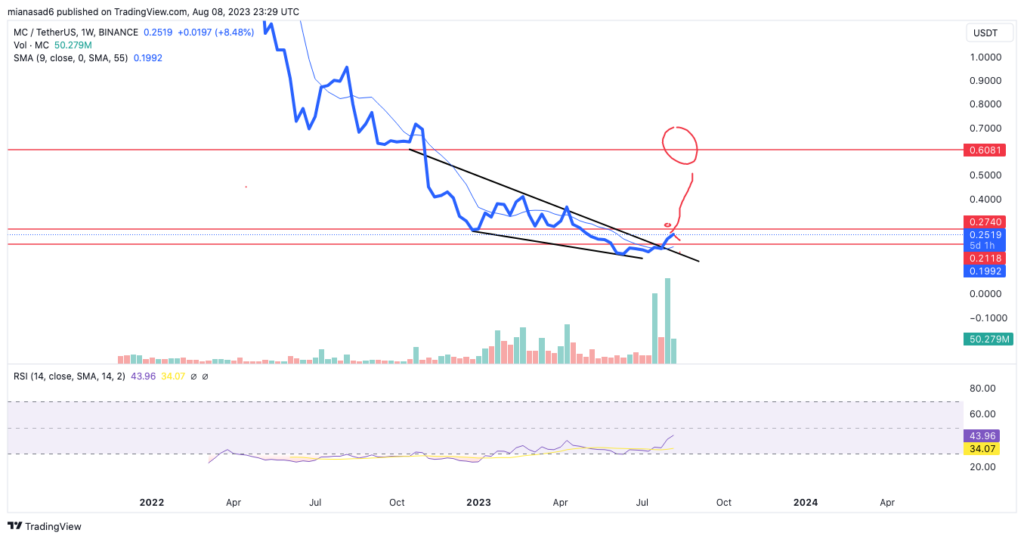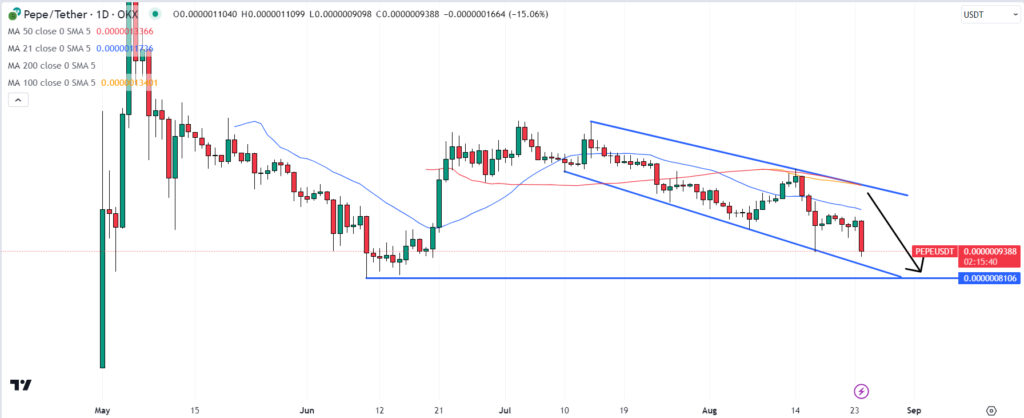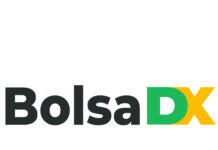
In the latest Tether Reserves Report, USDT maintains its dominance in the stablecoin market with a total of $86.1 billion in assets. Despite growing competition and regulatory uncertainty, Tether has managed to maintain its leading market share. The report reveals that Tether’s reserves are over 100%, with a liquidity cushion of $3.2 billion, which has garnered the support and confidence of the community. While Tether has faced regulatory scrutiny in the past, its transparency reports have not been questioned, leading to its continued popularity among investors. USDT’s market cap has surpassed its competitors, with USD Circle and Binance USD struggling to keep up.

Introduction
In the world of cryptocurrencies, stablecoins have become increasingly popular due to their ability to maintain a stable value and offer a reliable means of exchange. One such stablecoin that has maintained its dominance is Tether (USDT), which currently boasts $86.1 billion in total assets. Despite growing competition and regulatory scrutiny, Tether remains resilient and continues to hold its market share. In this article, we will delve into the various aspects of Tether’s reserves report, including its total assets, liquidity cushion, regulatory scrutiny, stablecoins under Tether, market dominance, profit and reserves, competitor comparison, and the market cap of other stablecoins. Let’s explore each of these topics in detail.
Total Assets and Liabilities
Tether’s total assets currently stand at an impressive $86.1 billion, indicating its leading position in the stablecoin market. However, it’s essential to consider the liabilities associated with these assets. Tether’s liabilities amount to $82.8 billion, which includes user assets held in USDT across multiple networks. This comprehensive report provides transparency and reassurance to users and investors alike, as it demonstrates Tether’s stability and ability to back its assets.
Liquidity Cushion
Tether’s reserves report also highlights the existence of a liquidity cushion, which is crucial for maintaining stability in the cryptocurrency market. A liquidity cushion refers to the surplus amount held in Tether’s reserves, which acts as a safety net in times of market volatility. In this case, Tether has a surplus of $3.2 billion, indicating its ability to withstand any potential crises or sudden fluctuations in demand. This surplus is held on multiple networks, providing an extra layer of security and versatility.
The benefits of having a liquidity cushion extend beyond Tether itself and have a positive impact on the community. It instills confidence in users and investors, knowing that Tether has ample reserves to meet its obligations. Additionally, the presence of a liquidity cushion ensures the stability of the cryptocurrency market as a whole, as Tether’s reserves contribute to the overall liquidity and resilience of the ecosystem.
Regulatory Scrutiny
Tether has not been exempt from regulatory scrutiny over the years. The company has faced allegations of sharing untrue financial statements, which led to a $41 million fine imposed by the Commodity Futures Trading Commission (CFTC) in October 2021. These allegations and the subsequent fine caused some concerns among users and investors, as they questioned the transparency and reliability of Tether’s operations.
However, it is important to note that Tether’s previous transparency reports have not been questioned by regulators. This has contributed to the growing popularity of Tether among investors, even in the face of new competition and uncertain regulatory conditions. Tether continues to meet the demands and expectations of the market, maintaining its dominance and solidifying its position as a trusted stablecoin provider.
Stablecoins under Tether
While Tether is the flagship stablecoin under the company, it also manages other assets that are pegged to different currencies. These stablecoins include CNHT (Chinese Yuan Tether), XAUT (Tether Gold), MNXT (Tether Mint Token), and EURT (Euro Tether). Each of these stablecoins serves a specific purpose and provides users with alternative options for stable and reliable digital assets.
CNHT is pegged to the Chinese Yuan, providing users with a means of transferring value without encountering the volatility associated with traditional cryptocurrencies. XAUT is backed by physical gold, enabling users to hold a digital representation of this precious metal. MNXT represents ownership stakes in Tether’s sister company, Bitfinex. Lastly, EURT is pegged to the Euro, catering to users who prefer to transact using this currency.
The existence of these stablecoins under Tether’s management demonstrates the company’s versatility and commitment to meeting the diverse needs of its users. It ensures that Tether remains at the forefront of stablecoin innovation and continues to provide a reliable and stable means of exchange.
USDT Market Dominance
Tether’s USDT stablecoin has been a long-time leader in the stablecoin market, maintaining its dominance even in the face of growing competition and regulatory challenges. In the company’s Q2 report, it reported a profit of $850 million, representing a 30% quarter-on-quarter increase. This increase in profit further solidifies Tether’s leading position and underscores its ability to generate substantial returns for its stakeholders.
When comparing market caps, USDT stands out from its competitors. In June, Tether’s market cap soared above $83 billion, while its closest competitor, USD Circle, had a market cap of $28.8 billion. This significant gap in market capitalization highlights the extent of Tether’s dominance and its ability to outperform its rivals in terms of demand and popularity.
USDT Profit and Reserves
Tether’s profit and reserves are key indicators of its financial stability and ability to back its assets. The Q2 report mentioned earlier indicated a profit of $850 million, representing a substantial quarter-on-quarter increase. This increase in profit is a testament to Tether’s success in the market and its ability to generate substantial returns for its stakeholders.
Furthermore, Tether’s reserves currently stand at over $3.2 billion, well above its liabilities of $82.8 billion. This surplus in reserves provides an additional layer of security and instills confidence in users and investors. It ensures that Tether has the necessary resources to honor its obligations and maintain the stability of its stablecoin.
Competitor Comparison
While Tether maintains its dominance in the stablecoin market, it is essential to compare it to its closest competitor, USD Circle (USDC). USDT’s market cap of $83 billion significantly exceeds USDC’s market cap of $28.8 billion. This substantial difference in market capitalization indicates the overwhelming demand for USDT and its ability to outperform its competitors.
Moreover, recent events have impacted USDC’s stability and reputation. It temporarily lost its peg earlier in the year following the Silvergate Bank saga, which caused some concerns among users and investors. These challenges further solidify USDT’s position as the preferred stablecoin, as it has demonstrated resilience and maintained its peg throughout these turbulent times.

Market Cap of Other Stablecoins
Aside from USDT and USDC, the stablecoin market includes various other digital assets that aim to provide stability and reliability. However, when comparing the market caps of these stablecoins, USDT’s dominance becomes evident. While Binance USD (BUSD) currently has a market cap of $5 billion, it pales in comparison to USDT’s market cap of $83 billion. This significant difference further emphasizes Tether’s position as the leading stablecoin in the market.
In conclusion, Tether’s reserves report showcases the company’s ability to maintain its dominance in the stablecoin market. With $86.1 billion in total assets, over 100% reserve backing, and a growing profit, Tether’s stability and reliability are evident. Despite regulatory scrutiny and growing competition, Tether continues to deliver value to its users and remains at the forefront of innovation in the stablecoin space. Its USDT stablecoin outperforms its competitors, and its market capitalization far exceeds that of other stablecoins. As Tether continues on its path of success, it provides a valuable asset for users and investors seeking stability in the cryptocurrency market.










